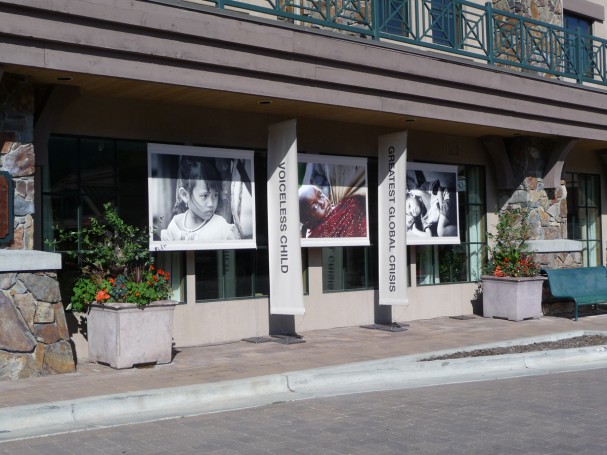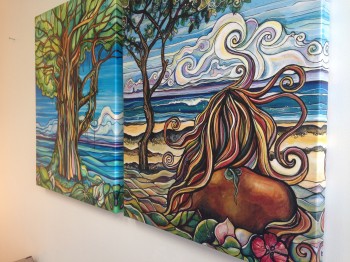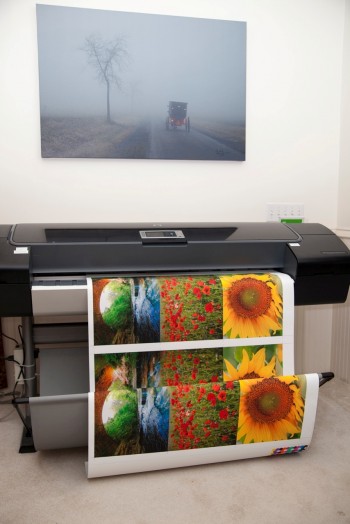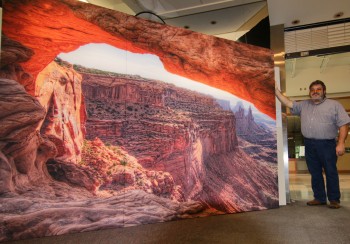For photography and fine art reproduction shops, LexJet Sunset Production Satin Canvas SUV is the all-new solution for high-volume production that demands consistent results for the creative digital market.
The new canvas is a U.S.-made 100 percent polyester canvas with the look and feel of a traditional, 2-over-1 poly-cotton weave, but heavier than a typical polyester canvas. Compatible with solvent, eco-solvent, latex and UV-curable printers, this versatile canvas is a cost-effective alternative that doesn’t require a coating for a satin finish.
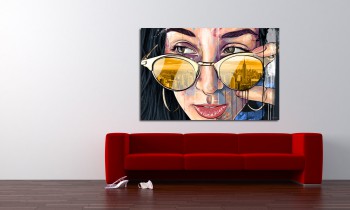
Los Angeles-based Maxwell Dickson, which specializes in digital canvas décor art, tested the new product and has since put in an order to bring it on as a go-to canvas. “We’re going to use it — that’s the best endorsement I can give anyone,” says Kashif Shaheed, manager at Maxwell Dickson.
“We prefer for our canvas to have a cloth feel to it, so it looks like authentic canvas – not too plastic,” he says. “People confuse it with vinyl if it looks too manufactured.”
Because Maxwell Dickson prints more than 100 prints per month that range in a variety of sizes from 16-by-20 inches to 40-by-60 inches, the fact that this new canvas comes in 150-foot rolls is a bonus.
“We use at least 12 rolls of the 75-foot rolls each month,” he says. “We’d prefer not to change out the rolls as often, so that’s really one of the biggest selling points for us.”
To learn more about the launch of LexJet’s Sunset Production Satin Canvas SUV, call us at 800-453-9538.


